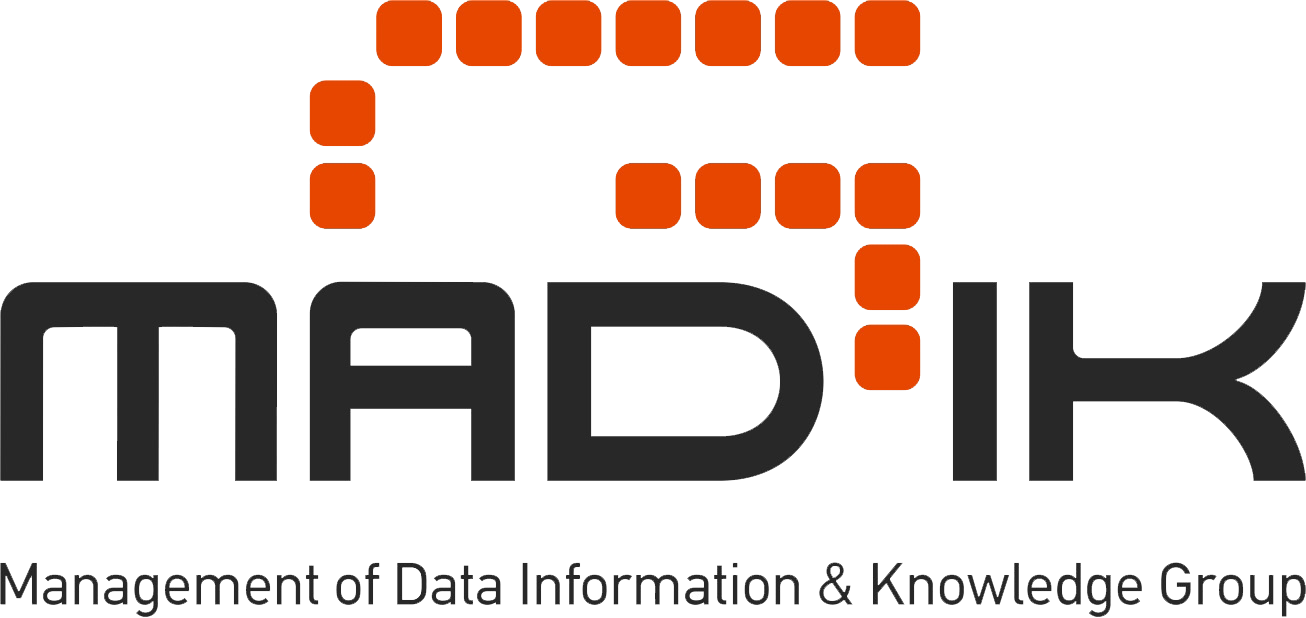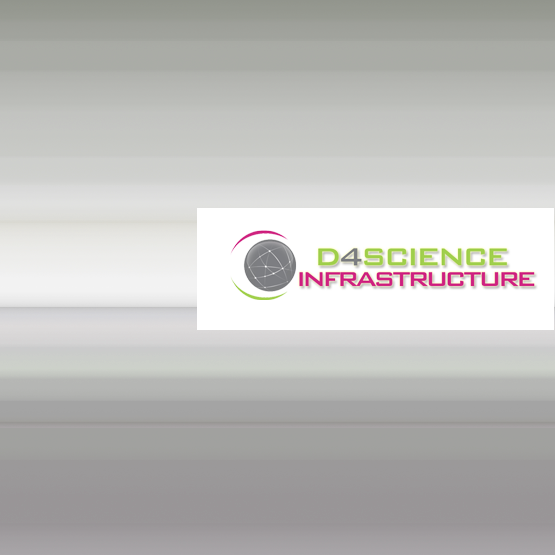D4Science-II
DIstributed colLaboratories Infrastructure on Grid ENabled Technology 4 Science II
D4Science-II, the follow-up phase of D4Science, will develop the technology to enable interoperation of data e-Infrastructures that are running autonomously, thereby creating e-Infrastructure Ecosystems that will serve a significantly expanded set of communities dealing with multidisciplinary, scientific and societal challenges. To set up a prototypical instance of such an ecosystem, D4Science-II will bring together several scientific e-Infrastructures established in areas such as biodiversity, fishery resources management and high energy physics. This will support several critical scientific scenarios that are distinct but also feed into and enrich each other. In collaboration with appropriate international bodies and initiatives, D4Science-II will take steps to ensure sustainability of the Knowledge Ecosystem.
Technologically, D4Science-II constitutes a continuation of the DILIGENT and D4Science projects, which have initiated an effort towards using existing network, grid, and repository infrastructures to deploy on top of them a pan-European research e-Infrastructure that will enable unlimited generation and dissemination of scientific knowledge. As the next step towards this goal, D4Science-II will transform the current, operational D4Science e-Infrastructure into the linchpin of an e-Infrastructure Ecosystem, holding together and mediating between all participating e-Infrastructures through programmatically-available interoperability services.
The D4Science-II Ecosystem will include among others, the GENESI-DR and DRIVER repository e-Infrastructures, and important thematic repositories maintained by international organizations, e.g., INSPIRE and AquaMaps. The project will create Virtual Research Environments offering significantly enhanced services to scientist without incurring high development and maintenance costs.
This figure shows the Knowledge Ecosystem envisioned, i.e., interoperable data e-Infrastructures, repositories, and scientific communities exploiting the services provided. It also illustrates the dual role played by D4Science e-Infrastructure, i.e., virtual aggregator of resources available in interoperable e-Infrastructures, and provider of these resources back to the participating e- Infrastructures and, through those, to complex VREs serving cross-domain scientific communities..






